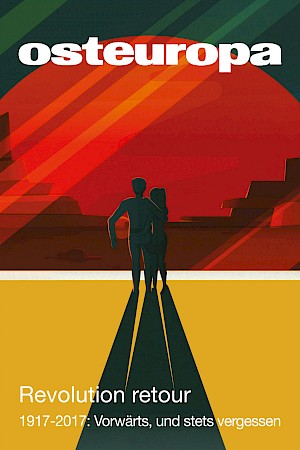Blocked modernisation
State, property and revolution: Russia, 1917-2017
Deutsche Fassung
Abstract
A century after the Russian revolution, light is finally being shed on the many consistencies between the Soviet and Tsarist regimes. The only real break with the past that resulted from nationalisation was with regard to property ownership . However, on closer inspection, there is continuity here, too . Since the age of Catherine the Great, the Russian state has been implementing radical changes to property ownership – be it nationalisation or privatisation – in order to stimulate modernisation. However, in the long term, this goal was never achieved. It was always the weakness of the state that prevented backwardness from being overcome. In the Tsarist Empire, the state was unable to assert the realisation of infrastructure projects against the absolute property rights of the nobility, while in the Soviet Union, the planned control of the economy remained a utopian vision. Equally utopian was the notion of stimulating progress through radical privatisation. In the neo-partimonial order under president Putin the authoritarian state has had renewed access to property, but the profits from the oil industry are mostly being used to support unproductive sectors of the economy.
(Osteuropa 6-8/2017, pp. 133–143)



